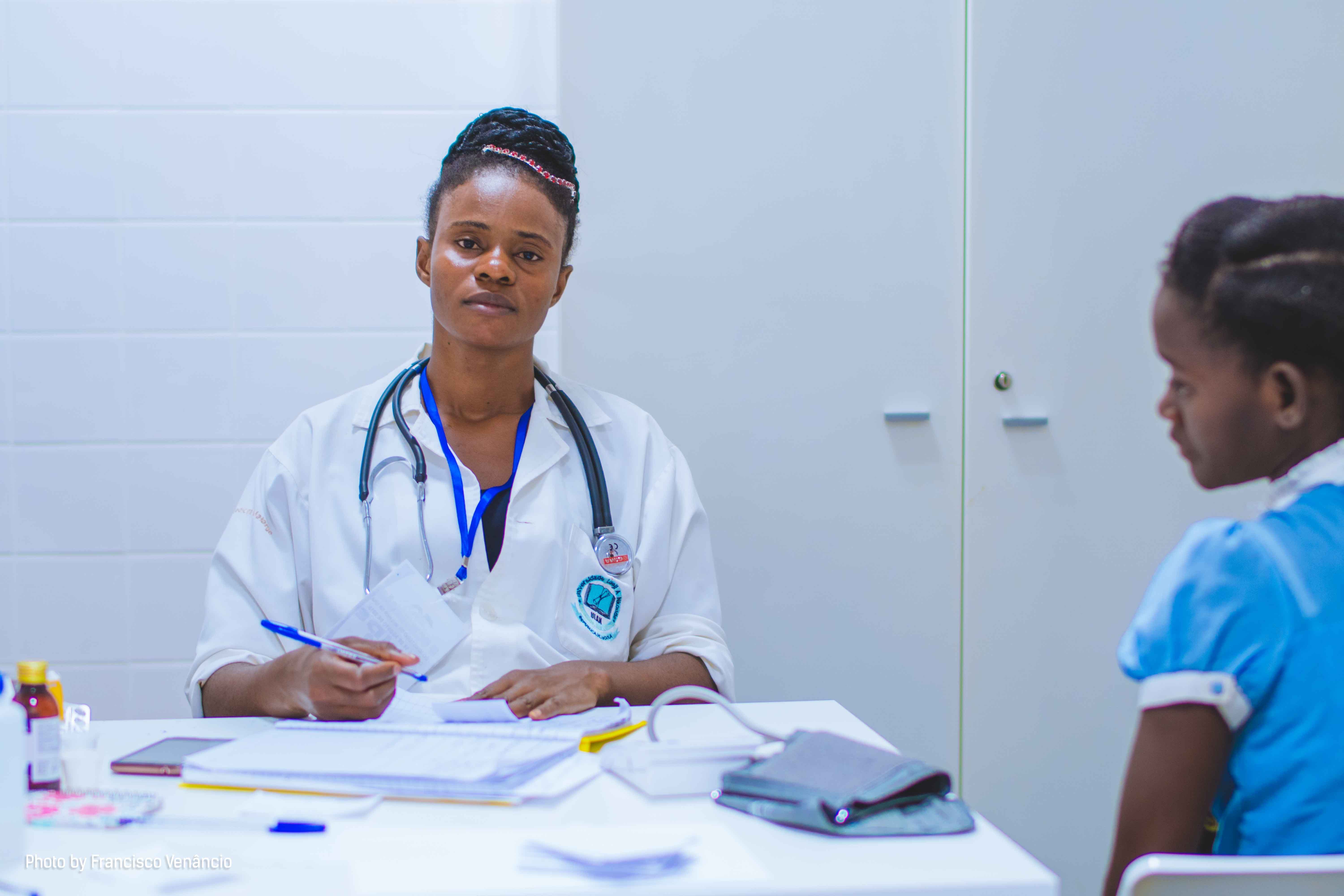Assessing the health conditions of people in disaster contexts
Published on 10/29/2020
On January 25, 2019, one of the most serious disasters involving ore dams in the world occurred: the rupture of Dam I of the Córrego do Feijão Mine in Brumadinho (MG). All along the path traversed by the tailings slurry, homes, animal breeding areas, various plantations, and communities that base their survival on the use of existing environmental resources (rivers, soils, and forests) were directly affected. Human losses, as a direct consequence of the disaster, totaled 259 people and 11 people still remain missing, according to data updated by the Minas Gerais State Civil Defense on December 28, 2019.
In addition to several human losses caused by the tragedy, there is also the immediate impact (in the short term) on people's physical and psychosocial health due to the environmental, economic and social consequences caused by the disaster and felt by the populations near the dam area. It is also found that in the medium and long term, people's living and health conditions may be altered due to the impact of the disaster on ecosystems. From this, the need arises to monitor the personal, environmental, and economic effects over the months and years following the event of the dam breach throughout the affected territorial extent, as well as other municipalities near the disaster site.
disaster epidemiology falls within this context, since it refers to the study of the effects and impacts of environmental disasters on the health of the affected populations, from the description of such effects and also the knowledge of which factors contribute to them happening.
- Assess the needs of the populations affected by the disaster;
- Make appropriate planning and targeting of available public resources to meet such needs;
- Prevent other possible additional health effects;
- Assess the effectiveness of mitigation actions;
- Plan actions to address other possible future disasters.
In addition, knowing the processes of illness and death, the different types of trauma and illness caused by disasters, is essential to efficiently target public resources to alleviate the health impacts of those affected.
Data collection and epidemiological surveillance
The information needed to conduct such studies can be collected by means of data obtained directly from the population
data obtained directly from the population (primary epidemiological studies). primary epidemiological studies)or through existing databases (secondary epidemiological studies), . In addition, epidemiological surveillance is important for identifying patterns and trends and to evaluate the effectiveness of interventions by public authorities and civil society in the morbimortality of the affected population (rate of persons killed occasioned by a certain disease within a population group).

Impacts on people's health caused by disasters
epidemiological demonstrate that environmental disasters, as is the case of the Vale disaster in Brumadinho, directly impact the morbidity and mortality of the affected population. The growth of waterborne and vector-borne infectious and viral diseases (dengue, zika and chikungunya), the increase in the number of deaths in general, as well as hospitalizations for chronic non-communicable diseases (NCDs), such as cardiovascular disease and stroke, are observed. Such impacts have been explained by the synergistic effect on health of the physical and psychological stress arising from human and material losses, compounded by the collapse of the post-disaster health care system.
The impact of environmental disasters on the health of the population can linger for many years, especially when it involves materials of chemical origin such as the heavy metals present in mining tailings that have been dumped into the environment due to dam bursts, as happened in the Samarco disaster in 2015 in the city of Mariana (MG), and the Vale disaster in 2019 in Brumadinho (MG). According to a report by the Ministry of Health, health is directly affected by the contact of the affected population with the tailings slurry, contaminated water or the dust resulting from the dried mud, and indirectly by the loss of material goods and its consequent financial and psychological impact, by the impairment in the water supply, reduction or unfeasibility of livelihoods such as fishing and agriculture, and leisure activities. To identify such impacts, it is necessary to broaden and deepen the health surveillance strategy already in place in Brazil, including in it specific and sensitive indicators to detect such impacts in the short and long term.
The health conditions of the populations exposed, directly or indirectly to the rupture of the "Córrego do Feijão" Mine Dam I, in Brumadinho, need to be evaluated and monitored in a specific and adequate way to identify the health aggravations resulting from exposure to the numerous environmental, social, and economic risks related to the disaster that occurred. In this sense, subprojects 37 and 38 of the Brumadinho UFMG Project have as a general objective to evaluate and monitor the in the municipalities affected by the dam rupture, in Brumadinho, and determine the health conditions of the populations and the use of health services in these reference municipalities.
Find out more about the subproject 37 and the subproject 38!